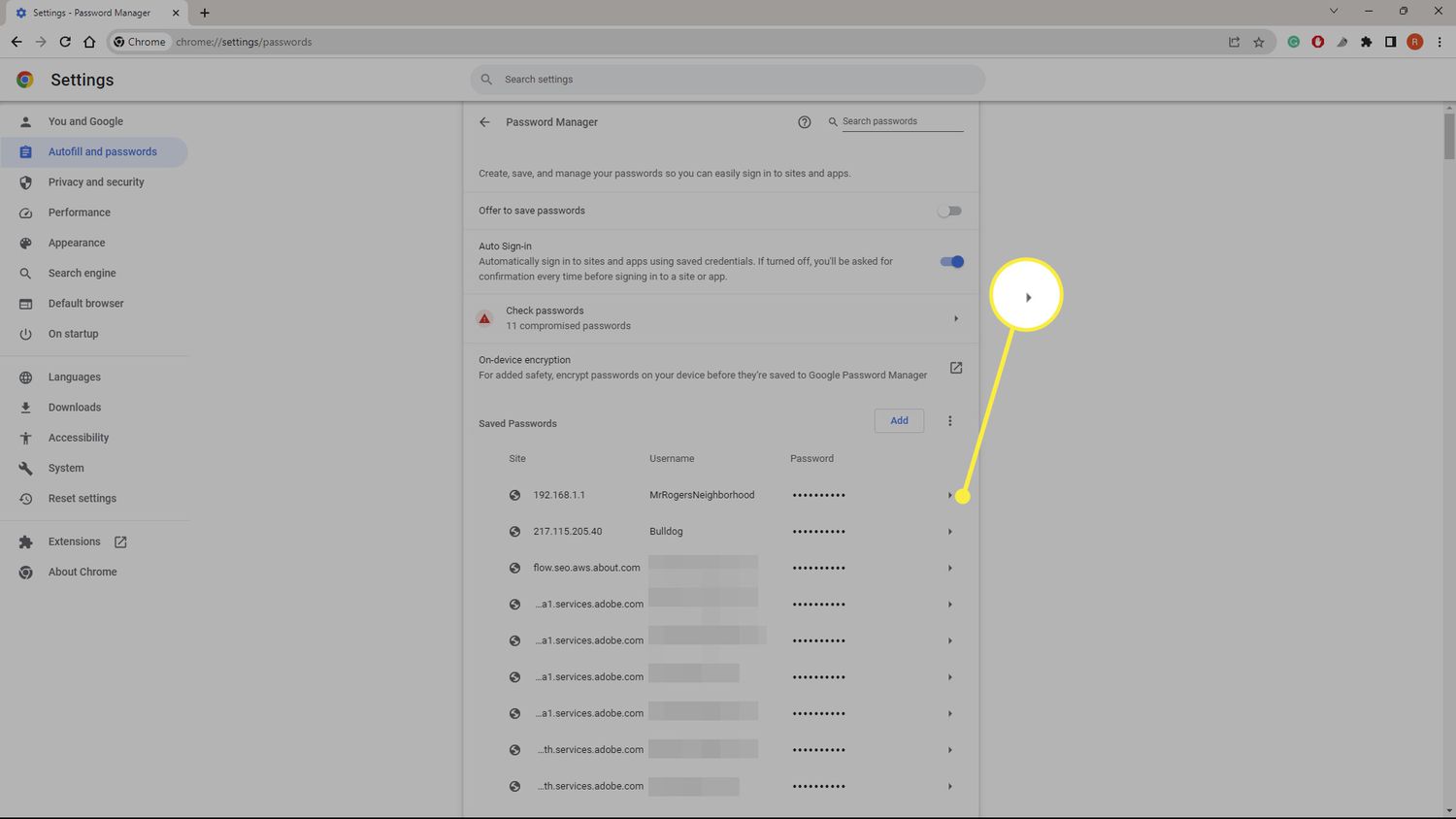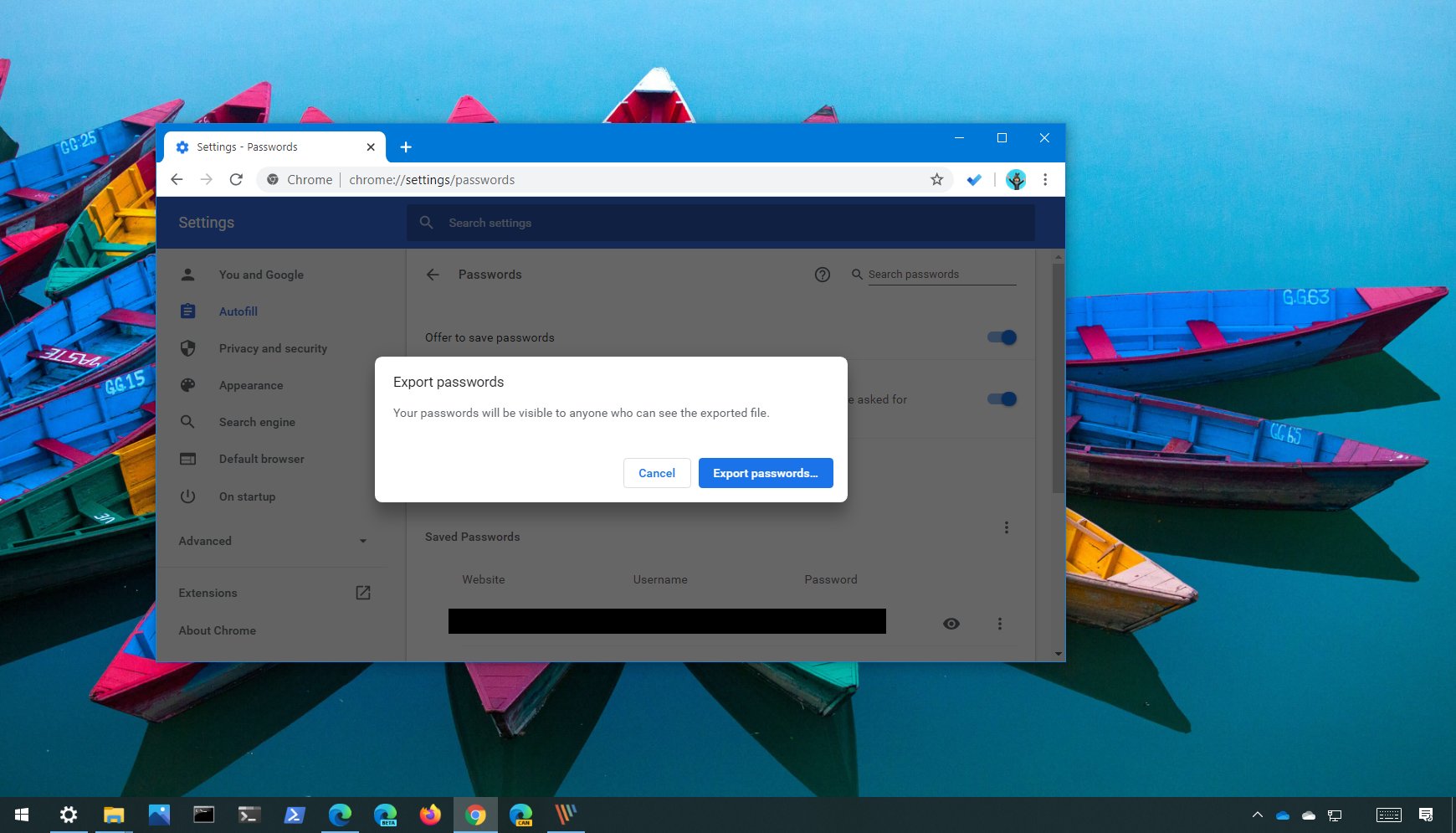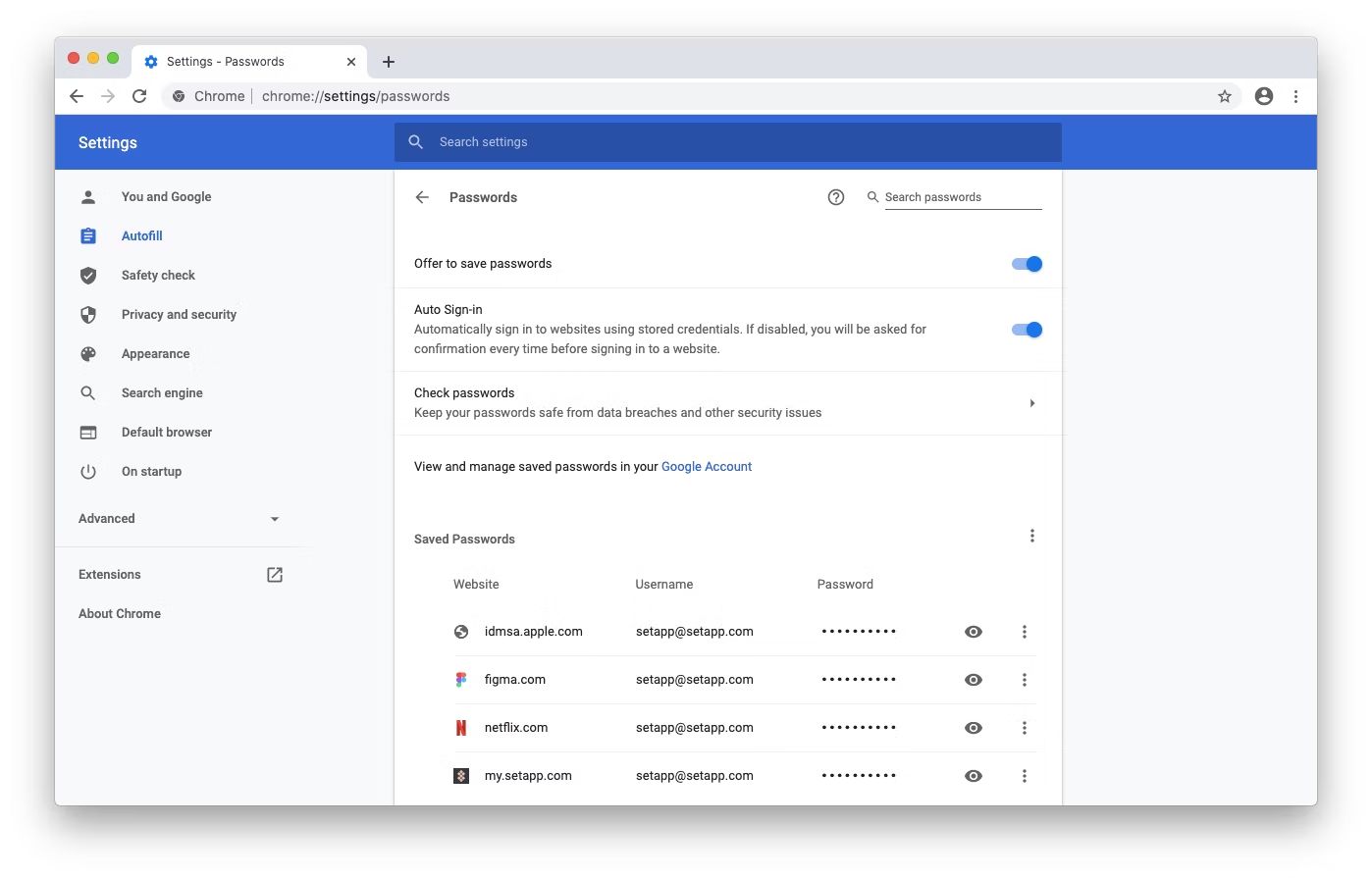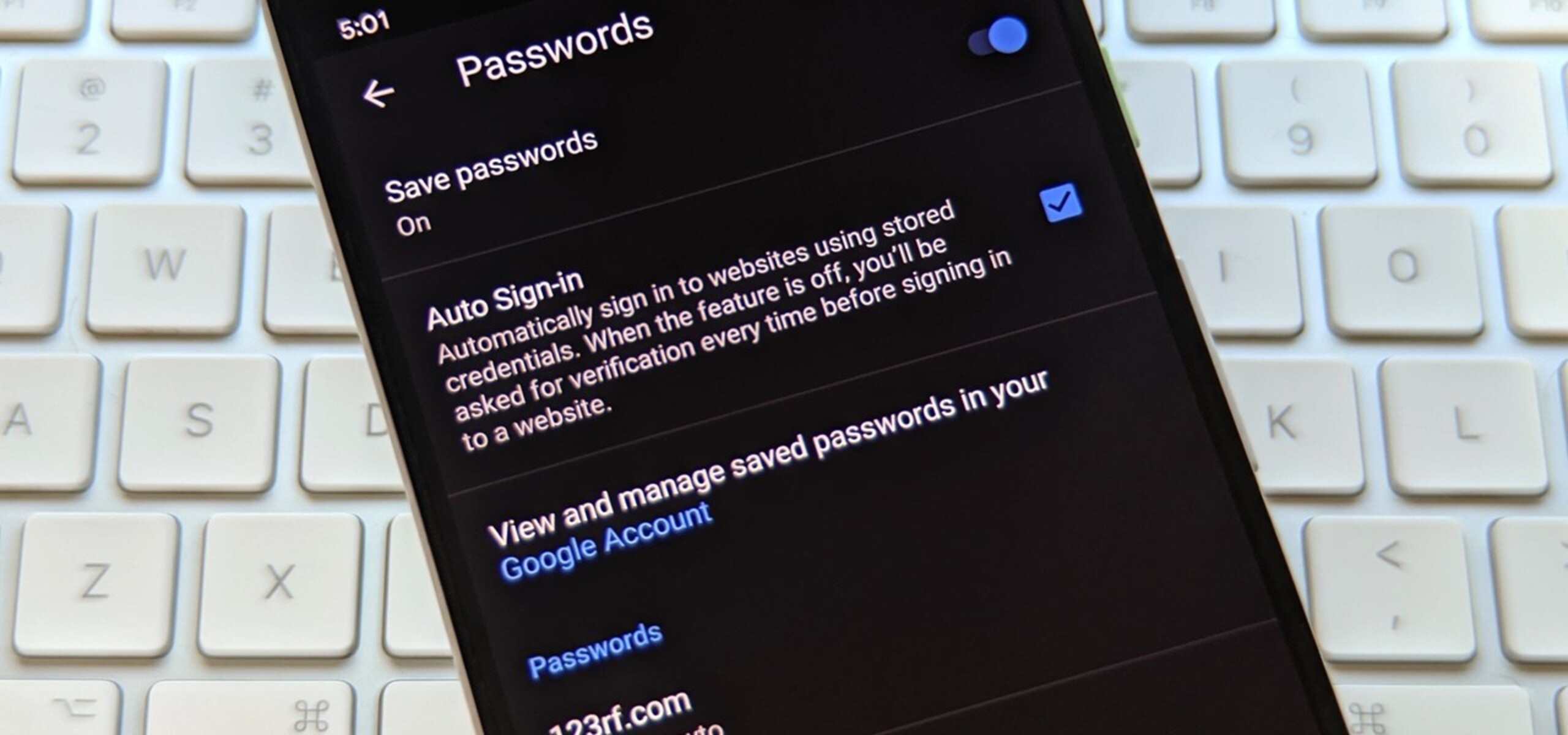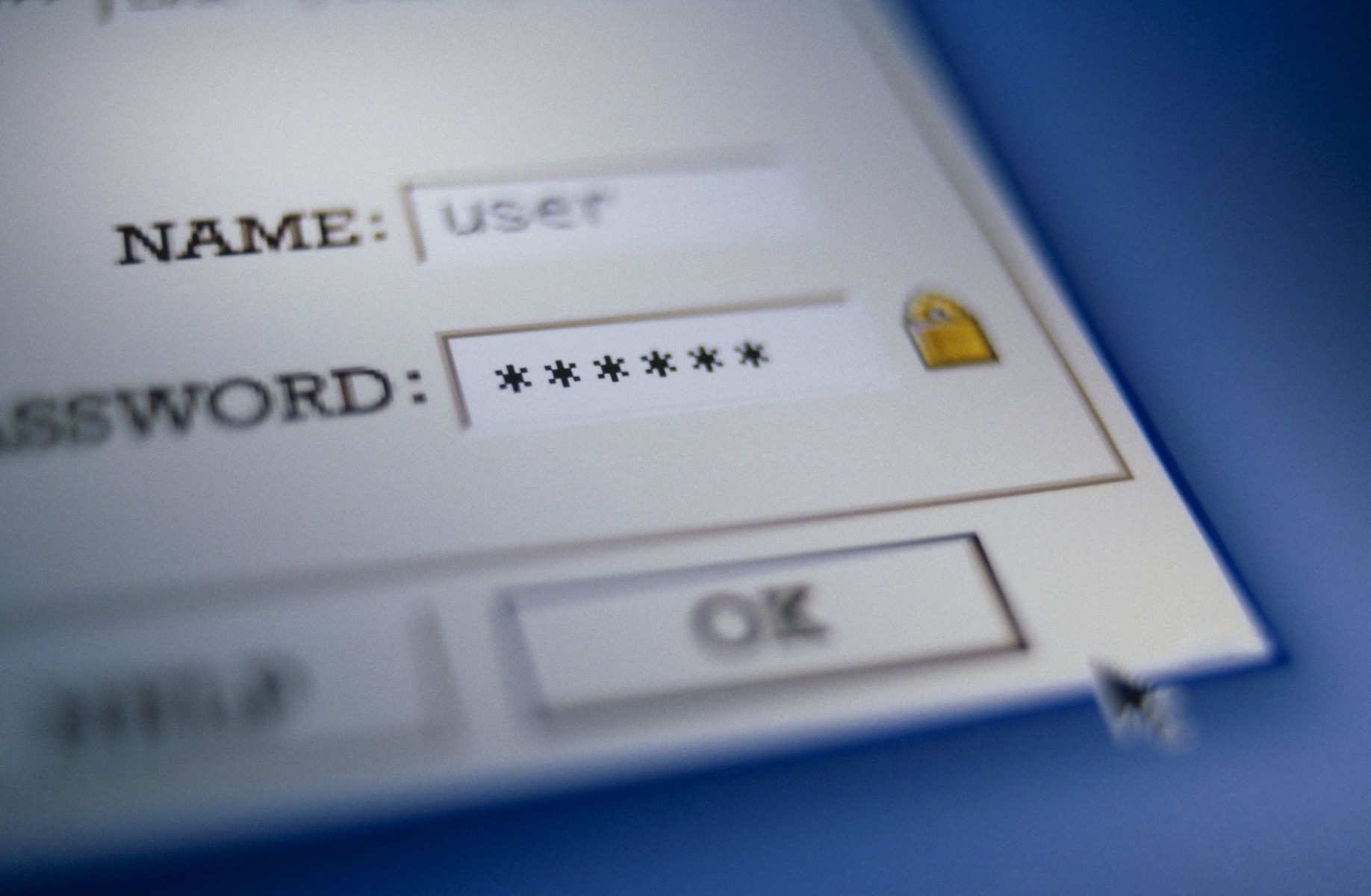Introduction
Have you ever found yourself in a situation where you couldn't remember a password for a website or service you frequently use? It's a common predicament in the digital age, and thankfully, web browsers like Chrome offer a convenient solution. Chrome's built-in password management feature allows users to securely store and retrieve their login credentials for various websites and online platforms. In this article, we'll explore how you can access and manage your saved passwords in Chrome, ensuring that you never have to struggle with forgotten login details again.
The ability to view and retrieve saved passwords in Chrome can be a game-changer for anyone who juggles multiple online accounts. Whether it's for social media, email, banking, or shopping, having quick access to your passwords can streamline your online experience and save you from the frustration of resetting forgotten credentials. Additionally, understanding the security implications of storing passwords in your browser is crucial for maintaining a safe and protected online presence.
In the following sections, we'll delve into the practical steps for accessing and managing saved passwords in Chrome. We'll also touch on the importance of maintaining strong password hygiene and the potential security concerns associated with storing sensitive information in your browser. By the end of this article, you'll have a comprehensive understanding of how Chrome handles saved passwords and the best practices for utilizing this feature effectively. Let's embark on this journey to demystify the world of Chrome passwords and empower you to take control of your digital security.
Accessing Passwords in Chrome
Accessing your saved passwords in Chrome is a straightforward process that can be incredibly useful when you need to retrieve a forgotten login credential. Whether you're using Chrome on a computer or a mobile device, the steps to access your saved passwords are relatively consistent.
On Desktop:
-
Open Chrome Settings: Begin by opening the Chrome browser on your computer. In the top-right corner, click on the three-dot menu icon to access the browser's settings.
-
Navigate to Passwords: From the dropdown menu, select "Settings." Within the Settings menu, scroll down and click on "Passwords" under the "Autofill" section.
-
View Saved Passwords: Upon clicking "Passwords," you will be presented with a list of websites and corresponding usernames for which Chrome has saved login credentials. You can click on the eye icon next to each entry to reveal the saved password.
-
Search Functionality: If you have a long list of saved passwords, you can utilize the search bar at the top to quickly locate a specific website or username.
On Mobile:
-
Access Chrome Settings: Open the Chrome app on your mobile device and tap on the three-dot menu icon in the top-right corner.
-
Navigate to Passwords: From the menu, select "Settings." Scroll down and tap on "Passwords" to view the list of saved login credentials.
-
View and Manage Passwords: Similar to the desktop version, you can tap on individual entries to reveal the saved passwords. Additionally, you have the option to delete or edit saved passwords directly from the mobile interface.
By following these steps, you can easily access your saved passwords in Chrome, whether you're using a desktop or a mobile device. This accessibility can be a lifesaver when you need to quickly retrieve a password for a website or online service. However, it's important to remember that the convenience of saved passwords should be balanced with security considerations, which we'll explore in the following sections.
In the next section, we'll delve into the process of managing saved passwords in Chrome, empowering you to maintain a tidy and secure collection of login credentials.
Managing Saved Passwords
Managing saved passwords in Chrome is essential for maintaining a secure and organized digital identity. While the convenience of Chrome's password management feature is undeniable, it's equally important to ensure that your saved passwords are up to date, secure, and easily accessible when needed. Here's how you can effectively manage your saved passwords in Chrome:
Reviewing Saved Passwords
Regularly reviewing your saved passwords allows you to stay informed about the websites and services for which Chrome has stored your login credentials. This can be particularly helpful in identifying outdated or unused accounts for which you may want to update or remove saved passwords. To review your saved passwords in Chrome, follow these steps:
- Access Chrome Settings: Open the Chrome browser and navigate to the settings menu.
- Navigate to Passwords: Select the "Passwords" option within the settings to view the list of saved login credentials.
- Review Entries: Take the time to review the list of saved passwords, paying attention to any outdated or unfamiliar entries that may require attention.
Editing and Deleting Saved Passwords
Chrome provides the flexibility to edit or delete saved passwords, empowering you to maintain an accurate and secure collection of login credentials. Whether you need to update a password for a specific website or remove outdated entries, the ability to manage saved passwords is crucial. Here's how you can edit or delete saved passwords in Chrome:
- Edit Passwords: By selecting individual entries from the list of saved passwords, you can choose to edit the stored credentials, ensuring that they remain accurate and up to date.
- Delete Passwords: For accounts that are no longer in use or require a password reset, Chrome allows you to delete saved passwords directly from the password management interface.
Utilizing Password Suggestions
Chrome offers a helpful feature that suggests strong, unique passwords when creating new accounts or updating existing login credentials. By leveraging these password suggestions, you can enhance the security of your online accounts and reduce the risk of using weak or repetitive passwords. When prompted to save a new password, consider utilizing Chrome's password suggestions to bolster the strength of your login credentials.
By actively managing your saved passwords in Chrome, you can ensure that your digital identity remains secure and organized. Regularly reviewing, editing, and deleting saved passwords, as well as utilizing password suggestions, empowers you to maintain a robust and reliable collection of login credentials within the Chrome browser.
In the next section, we'll delve into the importance of addressing security concerns related to saved passwords in Chrome, shedding light on best practices for safeguarding your digital identity.
Security Concerns
While Chrome's password management feature offers convenience and accessibility, it's crucial to address the security concerns associated with storing sensitive login credentials in the browser. Understanding and mitigating these concerns is paramount to maintaining a secure digital presence.
Potential Vulnerabilities
Storing passwords in any digital environment introduces potential vulnerabilities. In the case of Chrome's password management, these vulnerabilities can arise from unauthorized access to the browser or the device itself. If someone gains access to your unlocked device, they may be able to view your saved passwords without needing to enter a master password. This underscores the importance of securing your device with strong, unique passcodes or biometric authentication methods.
Shared Devices and Public Computers
Using Chrome on a shared device or a public computer introduces additional security risks. If you've saved passwords for various accounts and forget to sign out of Chrome, the next user may have access to your saved credentials. This scenario highlights the importance of exercising caution when using Chrome on shared or public devices and being diligent about signing out of accounts and clearing browsing data after each use.
Password Hygiene and Encryption
While Chrome encrypts and stores saved passwords securely, it's essential to maintain strong password hygiene across all your online accounts. This includes using unique, complex passwords for each account and enabling two-factor authentication whenever possible. Relying solely on saved passwords in Chrome without adhering to robust password practices may expose your accounts to increased vulnerability in the event of a security breach.
Best Practices for Enhanced Security
To mitigate the security concerns associated with saved passwords in Chrome, consider implementing the following best practices:
- Regularly review and update your saved passwords to ensure they reflect your current login credentials.
- Enable Chrome's synchronization encryption to add an extra layer of protection to your saved passwords.
- Utilize a reputable password manager that offers advanced security features, such as secure password sharing and breach monitoring.
- Educate yourself and others about the potential risks of storing passwords in web browsers, emphasizing the importance of maintaining strong password hygiene and device security practices.
By acknowledging and addressing these security concerns, you can leverage Chrome's password management feature while minimizing the associated risks. It's essential to strike a balance between convenience and security, empowering yourself to navigate the digital landscape with confidence and vigilance.
In summary, while Chrome's password management feature offers unparalleled convenience, it's crucial to remain vigilant about the potential security implications. By adopting best practices and staying informed about the evolving landscape of digital security, you can harness the benefits of saved passwords in Chrome while safeguarding your online accounts against potential threats.
Conclusion
In conclusion, the ability to access and manage saved passwords in Chrome provides a valuable convenience for users navigating the complexities of the digital world. By understanding the practical steps for accessing saved passwords, users can swiftly retrieve login credentials for their various online accounts, streamlining their browsing experience. Additionally, the capability to review, edit, and delete saved passwords empowers users to maintain a secure and organized collection of login credentials within the Chrome browser.
However, it's essential to approach the utilization of saved passwords in Chrome with a balanced perspective that encompasses both convenience and security. The potential vulnerabilities associated with storing passwords in the browser underscore the importance of implementing robust security practices and exercising caution, particularly when using Chrome on shared or public devices. By acknowledging these concerns and adopting best practices, users can leverage the benefits of saved passwords in Chrome while mitigating the associated risks.
Furthermore, the evolving landscape of digital security emphasizes the need for continuous vigilance and education regarding password hygiene and device security. As technology advances and potential threats evolve, staying informed and proactive in safeguarding digital identities becomes increasingly crucial. By embracing a proactive approach to security and remaining cognizant of the best practices outlined in this article, users can navigate the digital landscape with confidence and resilience.
Ultimately, the accessibility and management of saved passwords in Chrome serve as valuable tools for enhancing the user experience, provided that users remain mindful of the security implications and actively engage in responsible password management practices. By striking a harmonious balance between convenience and security, users can harness the full potential of Chrome's password management feature while safeguarding their digital identities against potential threats.
In essence, the journey to demystify the world of Chrome passwords empowers users to take control of their digital security, ensuring that the convenience of saved passwords aligns seamlessly with a proactive and vigilant approach to safeguarding online accounts.







